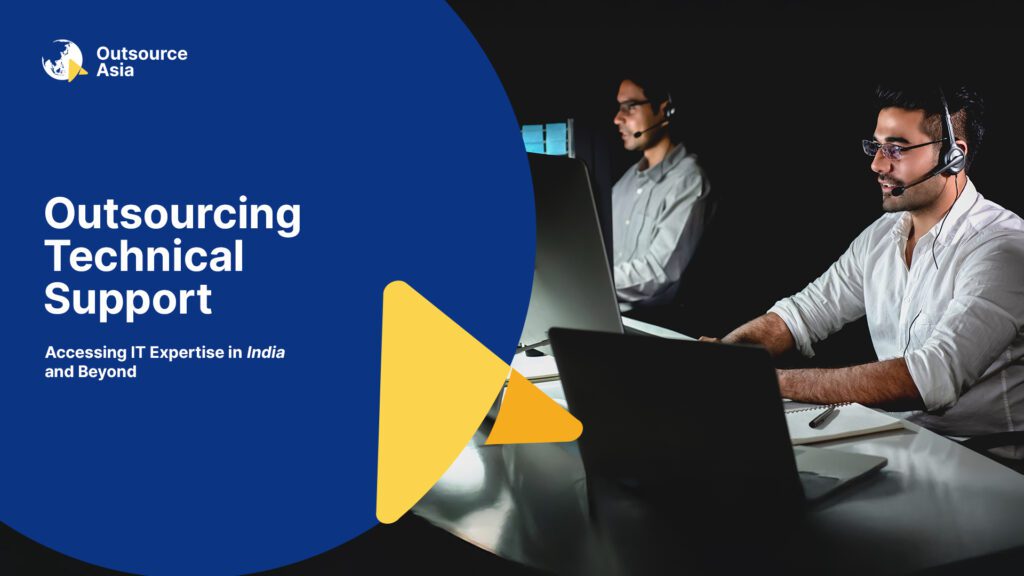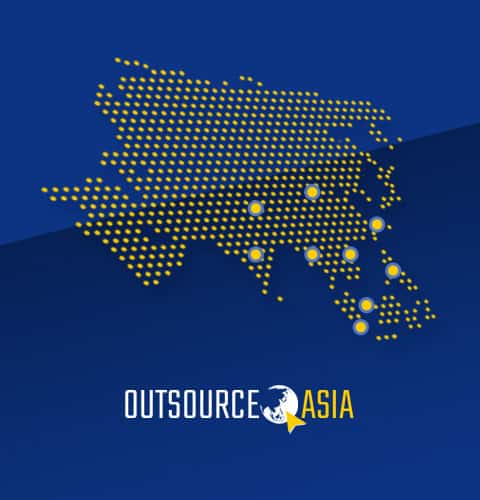Technical support outsourcing has reached a point where it is no longer a simple money saver. It has become a strategic choice that helps companies scale, secure talent, and stay flexible in a changing market. Organizations that treat outsourcing as nothing more than a budget cut often fall behind competitors that use it to sharpen focus and accelerate growth.
The market numbers tell the story. The global technical support outsourcing sector is valued at more than 20 billion dollars in 2024 and is on track to more than double by 2035. Growth is steady, driven by the rise of smart-home devices, the spread of IoT, and an increase in complex digital ecosystems that require specialized help desks, network support, and advanced troubleshooting.
Executives still value cost reduction, but the reasons for outsourcing have shifted. Companies in North America and Europe continue to favor savings. Leaders in fast-growing economies, especially in BRIC countries, now place greater value on access to technical talent. This shift reveals an important trend. Outsourcing partners that hope to remain competitive must offer more than low hourly rates. They need to deliver real technical depth.
When done well, outsourcing gives companies the freedom to focus internal teams on product innovation and market strategy rather than daily ticket loads and maintenance work.
How Strong Technical Support Is Structured
A mature support system relies on a clear tiered model. This structure keeps simple issues away from high-cost experts and keeps complex tickets in the hands of seasoned engineers.
L0: Self-Service
This tier includes knowledge bases, automated steps, and simple troubleshooting guides. Clear L0 content reduces L1 volume more than anything else.
L1: Basic Help Desk
These agents handle login problems, resets, and quick software questions. Soft skills matter as much as technical ability. Their job is to triage fast and keep customer friction low.
L2: Technical Support
Tickets passed to L2 usually involve configuration issues, deeper system checks, or network concerns. Specialists here work with more complex tools and logs.
L3: Expert Engineering
L3 tackles system failures, code-level bugs, security events, and anything that touches deep infrastructure. This tier often parallels internal engineering teams.
L4: Vendor Support
When hardware manufacturers or software vendors need to be involved, the request reaches L4. Internal L3 teams gather logs and prepare the case before escalation.
A fast handoff between these tiers matters. Customers consistently cite long wait times as the most frustrating part of support experiences. The structure also clarifies which skills a provider needs. L1 relies on communication and quick thinking. L2 and L3 require seasoned engineers, often with backgrounds similar to software development and systems architecture.
India’s Strength in Technical Support
India remains the largest and most capable hub for advanced IT outsourcing. The country produces more than a million engineering graduates every year. Major cities like Bangalore, Hyderabad, and Pune have matured into advanced clusters for cloud services, product engineering, software development, and R&D.
Cost advantages remain important, but the real story is the depth of talent. A senior software engineer in India may cost a fraction of the same role in the United States. Customer support roles average roughly ten dollars per hour, while senior specialists in L3 positions can command premium rates that reflect their experience.
Infrastructure also plays a major role. Confidence in India’s connectivity, telecom systems, and commercial property setup remains extremely high. Companies continue to invest heavily in data centers, cybersecurity, and skill development, which reinforces India’s move from basic BPO work into more sophisticated knowledge-based services.
The Rest of Asia: A Complement to India
A smart outsourcing strategy does not rely on one country alone. Other Asian hubs offer strengths that complement India’s engineering depth.
The Philippines
The Philippines leads the world in voice-based customer support. English proficiency is high, accents are neutral, and cultural alignment with Western markets is strong. It is often the best choice for high-volume L1 support. Hourly rates for customer service roles are typically lower than in India, and the country has strong data protection laws, which matters when handling sensitive consumer information.
Vietnam
Vietnam has grown rapidly as a center for software development, AI, and emerging tech. Its appeal comes from high technical quality and a growing culture of innovation. For companies looking for agile engineering talent, Vietnam’s value proposition continues to rise.
Malaysia and Others
Malaysia offers strong multilingual support and financial services outsourcing. This makes it a solid option when compliance or language diversity is critical.
Companies often blend these strengths. A common model pairs the Philippines for L1 voice support and India or Vietnam for L2 and L3 engineering.
Keeping Quality High: SLAs and Governance
Outsourcing relieves operational pressure but introduces new risks. Strong governance is essential. Service Level Agreements form the core of this system.
Key SLA metrics include:
First Contact Resolution (FCR):
Measures how often an issue is fixed during the first interaction. Typical targets land between 70 and 80 percent.
First Response Time (FRT):
Tracks how fast a ticket receives an initial reply. Standard expectations are under one hour for tickets and under twenty seconds for calls.
Resolution Time:
High-priority issues often need to be fixed within two to four hours. Lower priority issues usually have a one to two day window.
System Uptime:
Most contracts require 99.9 percent availability for critical systems.
Security Expectations
Vendors must protect sensitive data with strong encryption, strict access controls, continuous monitoring, and regular audits. Human error remains the most common cause of security breaches, which is why ongoing training and clear data handling rules are essential.
Cultural Fit
Many outsourcing failures stem from misalignment in communication style or expectations. Early cultural assessments, clear collaboration guidelines, and cross-team training help prevent misunderstandings.
The Future of Technical Support BPO
The industry is shifting quickly. AI, automation, and smarter digital workflows are redefining what human agents handle. Chatbots and virtual assistants now resolve a large share of basic requests. RPA reduces back-office friction. NLP tools improve accuracy and tone. As automation expands, human experts spend more time on complex engineering problems and less time on repetitive tasks.
This progression pushes outsourcing toward Knowledge Process Outsourcing. Providers now contribute predictive analytics, data science, AI model training, cybersecurity planning, and technical consulting. Outsourcing partners are no longer just support centers. They are strategic collaborators.
Real-world examples back this up. Tech firms have cut response times nearly in half by shifting help desk operations to specialized partners. Financial institutions have saved billions by consolidating platforms and systems with outsourced support. Startups like Slack and Alibaba accelerated their product launches by using outside engineering talent early in their development cycles.
Final Thoughts
Technical support outsourcing has become a strategic lever for modern companies. It helps reduce costs, but more importantly it provides access to skills that are scarce and expensive in domestic markets. India stands at the center of this ecosystem with its massive talent pool, engineering depth, and strong infrastructure. The Philippines excels at customer-facing L1 support, while Vietnam continues to gain ground in advanced development.
Success depends on disciplined governance, clear SLAs, strong security, and cultural alignment. As AI handles more basic tasks, the role of human experts becomes even more important. Companies that manage this shift well gain a real competitive advantage.
Outsource Asia can connect you with an experienced, specialized partner who fits your exact needs. Let us help you build a team that makes your business better every day.
Contact us today to get started.


